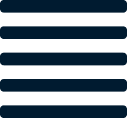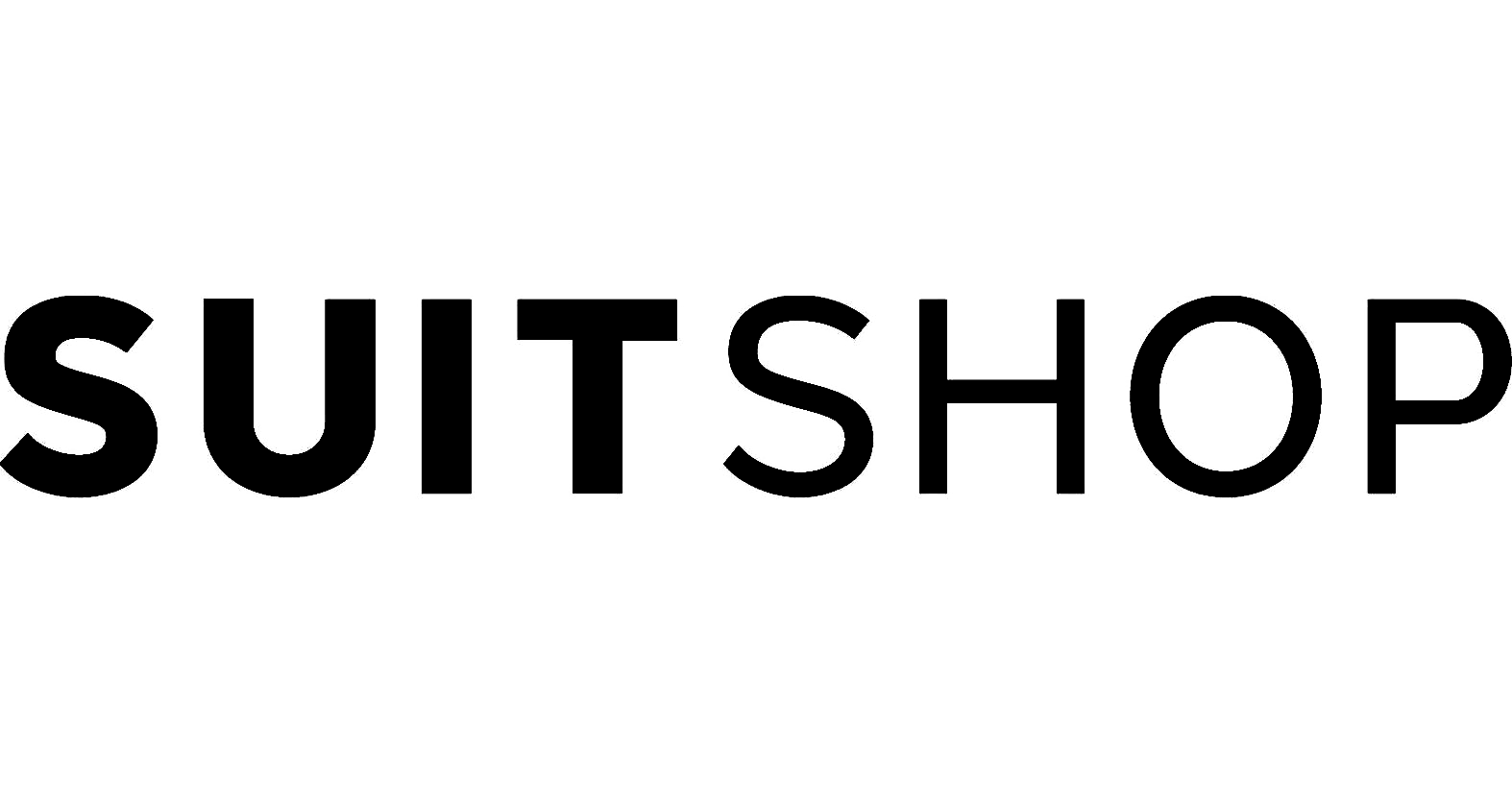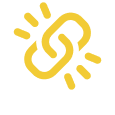The function of inventory planning is to order the right quantity of any given product at the right time. But how exactly does one know what the right quantity even is? Sure you can look at how you’re actually selling, but inventory forecasting is more than just re-ordering inventory off a rate of consumption. And what happens when you don’t have any actual sales to analyze? In this post we’ll cover some popular approaches to demand forecasting and how you can select the right one for your business.
Fundamentally, there are two main approaches to forecasting: bottoms-up and tops-down. They represent the ideology of starting with the smallest amount of information and working your way up (and vice versa). Within this framework, there are various techniques of forecasting ranging from qualitative techniques, to time series analysis and finally, casual models. To break it down:
- Qualitative data doesn’t necessarily take history into account. Qualitative factors can be used to “gut check” forecasts that may already exist or provide a starting point for the forecasts. The objective of using qualitative information is to turn it into quantitative estimates.
- Time series, as the name implies, is based on pattern changes over time. Therefore, historical data is needed preferably on both an indirect and direct basis. Meaning, details tied to the exact product or some parent or alternate version of it will both be beneficial. Qualitative historical data can be used in conjunction with quantitative data to create a stronger foundation.
- Causal models similarly take the past into consideration, but also add an extra layer of inputs. This method takes into account relationships and special events. While this method may in some cases yield the most accurate results, it's just as important to take all types of data into consideration. These data points should each be used more heavily in absence of other data. Meaning, in absence of qualitative data, historical and relational data could be weighed equally to create a single forecast.
While these three methods represent the different data points, the approach of working tops-down or bottoms-up considers the factors impacted by these data points. The factors below are the things that need to be assessed by the data points to create a sound forecast. For the remainder of this article, we’ll be focusing on these factors.
Bottoms-Up
You may have heard this phrase in a more social atmosphere, but forecasting gives this celebratory term a whole new meaning. A bottoms-up approach to forecasting considers the most minute detail first, and then works its way up. Typically, it is associated with forecasting the amount of units to be sold for a single SKU, multiplied by its selling price. However, this logic can also apply to selling locations and channels, sales associates, customers, and marketing promotions and events. The benefit of using this approach is its feasibility in modification when factors change.
If you have 5 retail stores that generate $100,000 each, you would estimate generating $500k in total. But if one store closes, you would change that forecast to $400k. This is the bottoms-up approach in its simplest form.
For some individuals, the purpose of a forecast is to set a standard for evaluating performance. In which case, one would have to omit the impact of the factors mentioned above as these are meant to change patterns and relationships. And so if the objective is to measure the impact of these factors, say a new store or promotion, then a special focus should be made on quantifying the impact of each factor.
Some businesses operate with more than one prediction of future sales. The terms “forecast”, “plan”, “budget”, “estimate”, and “goal” can all be used interchangeably or to represent different ideologies. For example, a retailer can forecast $500k in sales for 5 stores, and have a separate estimate for projecting the impact of running various promotions in each of them.
Tops-Down
As you may have guessed from the term itself, a tops-down approach to forecasting means starting from the top and working your way down. This approach may be favored as it takes a more holistic approach, taking into account what could be possible rather than what has been. There are several factors that influence this methodology:
- Market or TAM - When assessing the market, or total addressable market (TAM), the objective is to quantify the overall consumer demand of the market as well as what portion your business can capture.
- Macro Factors - While the market represents the consumers, industry represents the companies serving them. Therefore, you’ll want to take into account industry and macro trends in conjunction with the market. It’s important to consider both what you can add to the industry and what you will take away from the current players.
- Advertising - The only internal factor among this list, advertising can provide a total estimate of business demand given it’s outputs. It's important to first distinguish between advertising and marketing. Advertising is the promotion of a company through paid channels and is a component of marketing - which is the process of identifying customer needs and serving them through different vehicles. Advertising spend can have a direct correlation to sales. ROAS, the return on ad spend, measures the relationship between dollars invested in advertising and the revenue it generates. For some companies, this relationship is so succinct that a $100k advertising investment can accurately predict $1M in revenue. Then it just becomes a matter of quantifying much money there is to spend combined with how much is possible based on the market and industry in order to generate a sound prediction.
New products should be factored in both a tops-down and bottoms-up approach. Similar to a new business, a new product or category can add to the industry and take away market share, thus bringing in new customers and demand. It can have its own advertising channels and therefore generate its own tops-down forecast. But you can also take a bottoms-up approach by analyzing previous like product introductions and incremental demand from existing customers. The two approaches should be combined and adjustments should be made for cannibalization prior to finalizing the forecast.
Which approach is best?
The simple answer is - both. Better forecasting starts with proper use of the techniques. Ideally, you’d be able to do both types of forecasting, have them challenge one another, poke holes, ask questions, and set up parameters for assessing each contributing factor. However, you may want to weigh more heavily on a particular method based on your answers to the following questions:
- What is the purpose of the forecast? Deciding to launch a category or product may require a tops-down approach whereas allocating suppliers and production may require a more detailed forecast by SKU.
- Do you have historical data? It’s often better to use available data than to spend time making and quantifying assumptions.
- How far out are you looking to forecast? You’ll want to use a different, more holistic approach for forecasting far out time horizons as so many factors can change.
- How much time do you have to forecast? If you need a prompt forecast, you may only have time to use the inputs you have, whatever those may be.
- Can it be revised later? If the answer is no, you should incorporate as many factors as possible and have them challenge each other.
- How are you tracking accuracy? As important as it is to track actuals to forecast, it’s equally important to track the accuracy of your methodologies. Similar to how forecasts should be improved over time, so should the approach based on your learnings.
Fuse’s forecasting tools combine and automate these factors so that you can be more efficient and accurate with your forecasts. To learn more, schedule a call today.
.png)

.png)









.png)



%20hover.png)
.png)
hover.png)







Let us know what you think about this post
Put your comment below.